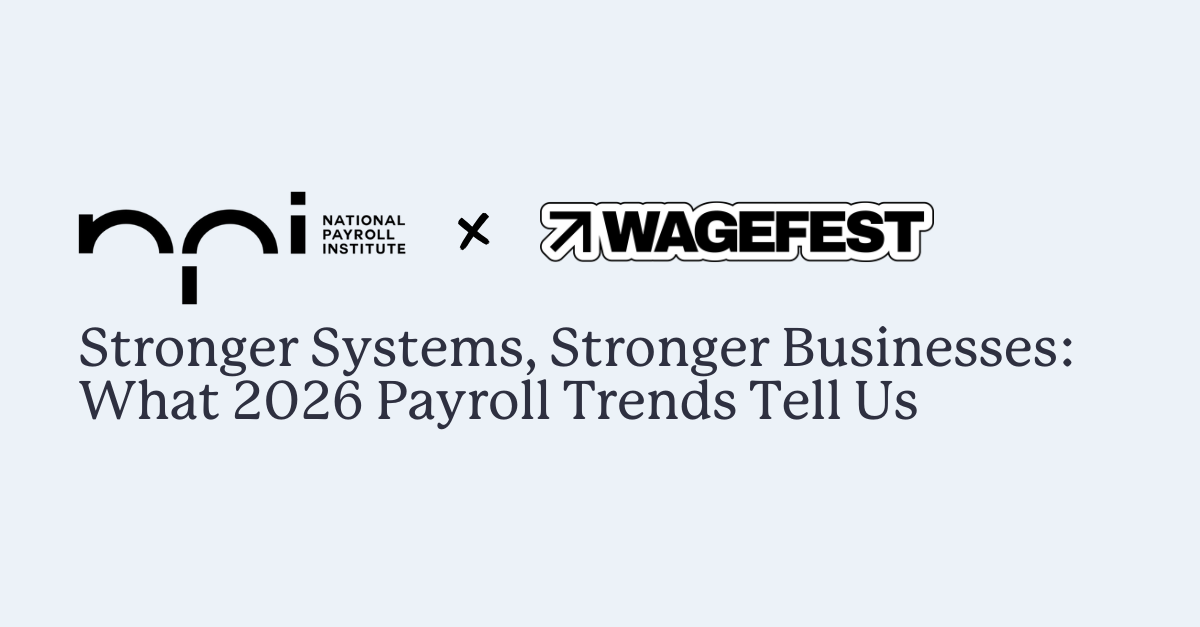Become an insider!
Get our latest payroll and small business articles sent straight to your inbox.
When economic uncertainty hits — whether it’s a dip in demand, rising costs, or global disruptions — Canadian small businesses often feel it first and hardest. Payroll is usually one of the largest expenses on your balance sheet, and managing it wisely can be the difference between weathering the storm and falling behind.
As a payroll manager for Zenbooks, an online bookkeeping and accounting services company, I work closely with small businesses every day to streamline their payroll processes, even when times are tough. Here are my top tips to help you manage payroll effectively during periods of uncertainty.
1. Scenario Plan with Payroll Forecasting Tools
Uncertainty calls for agility. The first step is to model different business scenarios—best case, worst case, and somewhere in between. Many accounting tools include payroll forecasting features to help you answer questions like:
- What happens if you reduce hours?
- Can you afford to hire one more employee this quarter?
- What’s your cash flow outlook if sales drop 10%?
Running these “what-if” scenarios helps you make proactive decisions rather than reactive cuts.
2. Audit Your Payroll Regularly
It’s easy to overlook small errors that add up — especially when you’re focused on keeping the business afloat. A quick monthly payroll audit can help you catch overpayments or duplicate entries, confirm employee classifications, and ensure all deductions like benefits and taxes are accurate. Understanding and tracking payroll key performance indicators (KPIs) can help you identify patterns and inefficiencies, like unapproved overtime, high turnover costs, and benefit errors.
Payroll systems often offer built-in reports and audit trails that make this process faster and more reliable.
3. Review and Optimize Payroll Schedules
Do you run your payroll weekly, bi-weekly, or semi-monthly? Your payroll frequency might be costing you more than it should.
Switching to bi-weekly or semi-monthly can reduce payroll processing fees. Fewer runs also mean less time spent on administration and fewer chances for errors.
Before making any changes, always check your local labor laws and give employees proper notice.
4. Look for Cloud-Based Solutions to Gain Flexibility and Visibility
If you’re still using spreadsheets or desktop software to manage payroll, now’s the time to consider a cloud-based payroll system. Cloud-based payroll systems like Wagepoint offer many advantages, including:
- Real-time data: View payroll reports, costs, and liabilities instantly, from anywhere.
- Remote capabilities: Whether you or your team are working remotely or hybrid, cloud payroll keeps operations seamless.
- Integrated systems: Sync payroll with your accounting software, HR tools, and time-tracking apps to reduce errors and save time.
Look for platforms with built-in compliance checks and automated tax filing. It reduces risk and saves hours each pay cycle.
5. Take Advantage of Tax Credits and Relief Programs
In tough times, governments often roll out programs to help small businesses retain employees. In Canada, federal and provincial governments may offer relief measures such as:
- Small business financing programs
- Employee retention credits
- Wage subsidies (e.g., Canada Emergency Wage Subsidy (CEWS))
- Hiring or training incentives (e.g., Canada Summer Jobs Wage Subsidy)
Check with the Canada Revenue Agency (CRA) and your provincial government for the most up-to-date programs.
6. Consider Alternatives to Layoffs
Before considering layoffs, assess other strategies to reduce costs while preserving talent and team morale. Explore options like implementing:
- Temporary hiring freezes
- Voluntary unpaid time off or sabbaticals
- Performance-based bonuses instead of permanent salary increases
- Reduced hours or job-sharing arrangements
7. Communicate Transparently with Your Team
Economic uncertainty affects everyone — not just business owners. Be open with your employees about potential changes in hours, pay schedules, or benefits.
Clear, proactive communication builds trust and reduces anxiety, even when changes are necessary. Here are some tips to use when communicating with your team:
- Explain the “why” behind decisions
- Use visuals or dashboards to help explain financials in simple terms
- Keep the tone empathetic but honest
Companies also often offer employee portals and messaging tools to help streamline communication. Many cloud payroll systems can share updates and give employees easy access to their pay stubs, tax forms, and time-off balances.
8. Work With a Trusted Payroll Partner
Having a payroll expert in your corner can be a game changer—especially one who understands cloud tools and small business needs. Whether it’s navigating compliance, customizing reports, or preparing for audits, the right partner will help you stay agile and compliant to successfully manage payroll.
Final Thoughts
Managing payroll during economic uncertainty doesn’t have to feel overwhelming. The right tools and strategies will help you support your team and your business through any market conditions. Cloud-based payroll tools offer the flexibility and insight small businesses need to navigate shifting conditions and make informed business decisions.











